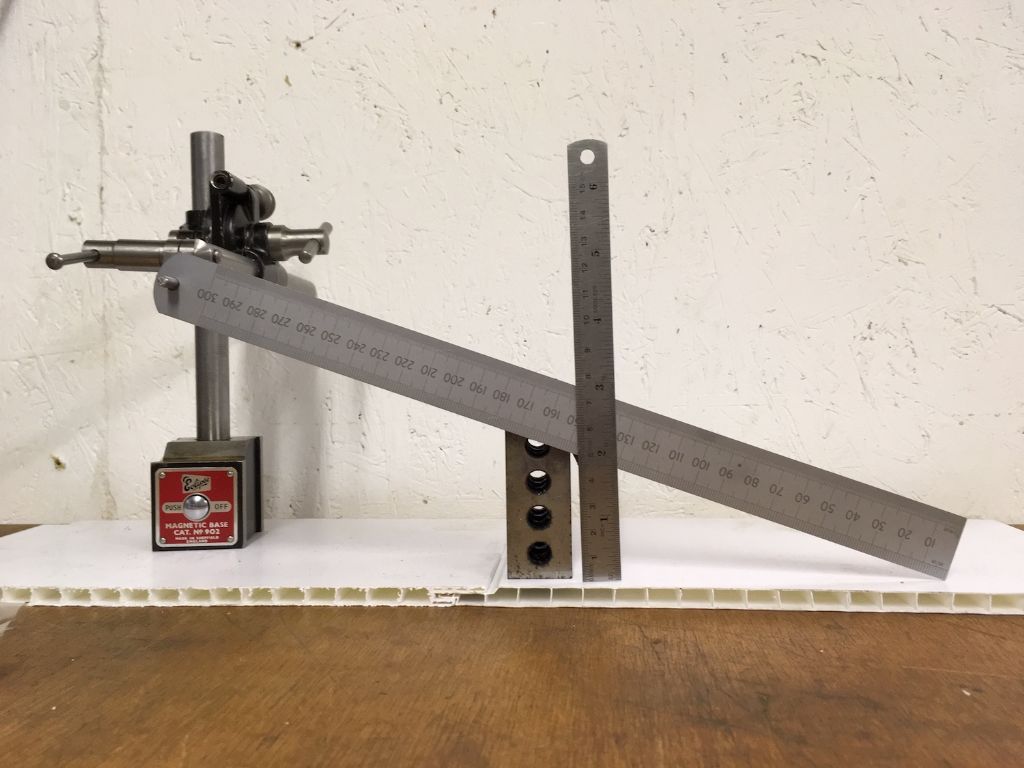Neil, please feel free to move to another thread to save disrupting this one.
I've often found that a good way to come up with a solution, is to chuck a few ideas in the pot and let someone else pick holes in them. So long as everyone plays fair and doesn't seek to cause or take offence, it's worked quite well amongst my various friends and acquaintances.
Here's one, (that I've never tried), using the basics of my own kit; lathe, V.mill, and rotary table (without any dividing plates).
For a photo, click on "2" on my previous link, and scroll down to the 4th photo.
I guess I have the advantage/disadvantage of no training on how one should approach a job.
The intention is to make the gizmo without needing to also make loads of extra jigs/fixtures, and minimise the maths, as not everyone is comfortable with trig tables.
1) Turn the top hat to size on the lathe, index the jaws of the chuck with a suitable stand off from the bed and mark off 2, 3, 4, or 6 lines at centre height using the chuck jaws to divide accurately. (3 or 4 jaw chuck according to how many slots required.)
2) Move chuck to rotary table, standing on edge, on V.mill
3) Mill slots as required, according to previously marked lines, but slightly undersized. (I couldn't easily get exactly the right angles for the sides of the slots due to lack of dividing plates, just the whole degree scales on the periphery of the table. )
4) Transfer back to the lathe
5) Grind and hone a bit of tool steel to exactly the same size/angle as the detent lever, by eye if necessary.
6) Use your new tool, horizontally in the lathe toolpost, again indexing the chuck jaws on the bed, in the manner of a slot cutter to plane the undersize slots to the correct profile and depth.
This should cover most tap, drill, or core drill flutes, but obviously not 5, 7 etc.
You could even try a test piece, and a bit of blue on the detent to see if you've honed the angled tool accurately.
No trig involved, or scope for miscounting scales on New Year's day morning. 
Please feel free to pick holes in the above; that way we all learn.
I've just typed it quickly without fully thinking it through. (other than not using machine tools with a hangover of course 

Bill
Edited By peak4 on 30/12/2018 12:19:36
Edited By peak4 on 30/12/2018 12:33:30
Clive Foster.






